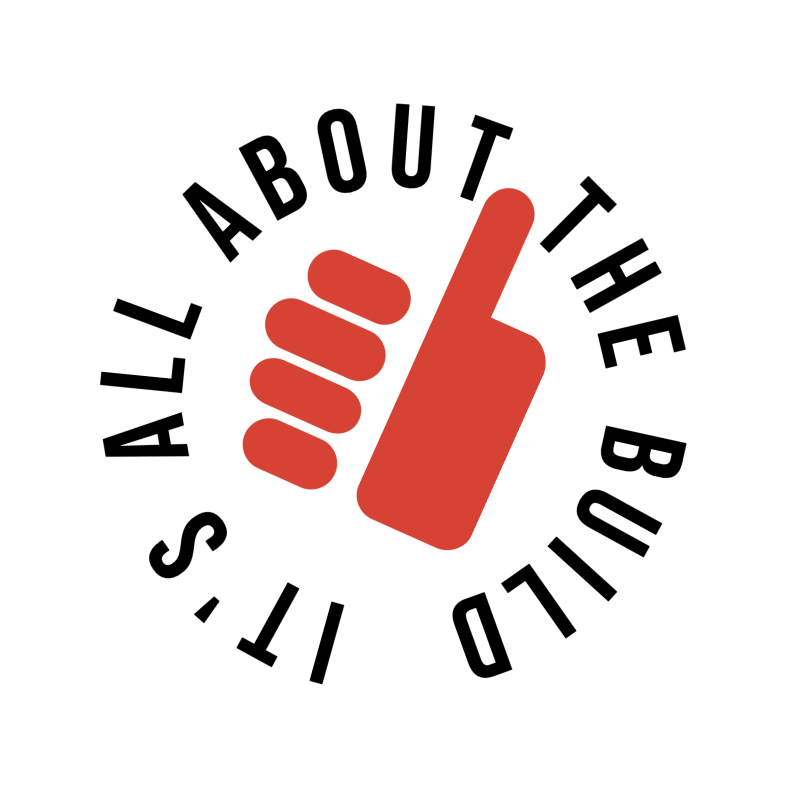BEST SHEET METAL BRAKE FOR AUTOMOTIVE BEGINNERS
If you plan to start working on automotive sheet metal like rusty floor pans, you’re going to need a brake.
Our first sheet metal repair project was getting rid of all the rust on our BMW E30 project car.
Rusty E30 Firewall and Floor Board
We didn’t have a sheet metal brake at the time, so we clamped sheet metal onto our welding table and started hammering away.
Our bends didn’t come out as expected, so we started looking for a sheet metal brake.
Manual Sheet Metal Bend Shaping
We almost bought a cheap brake from Harbor Freight, but research showed that you’ll need to modify it. The E30 has enough work, so we decided to look for something else.
THAT’S WHEN WE CAME ACROSS THE EASTWOOD VERSA 20
What’s nice is the Versa has mounting holes that fit standard welding table bore-holes. You’ll just have to find a set of bolts. You could use lag bolts to mount onto a wooden bench.
Eastwood Sheet Metal Brake Mounting Points
Another mounting option for the brake is clamping it into a shop vise. If you occasionally use the Versa bend and want to store it somewhere else to save some space this is the way to go.
Eastwood Sheet Metal Brake Mounted to Vise
The Eastwood Versa Sheet Metal Brake also comes with a built-in clamping system that holds your sheet metal in place. There’s no need to add extra clamps to the brake.
What we love most about the Eastwood brake is you don't have to modify it.
Versa Brake Clamping System
After the sheet metal is secure, just grab the large handles and start to bend. You can go up to 90 degrees if you wish.
It takes one lift on the two bars and the sheet metal bends come out super crisp. Here’s what the 90-degree bend looks like on 20 gauge thickness sheet metal.
Versa Bend 90 Degree Results
You can also bend up to 18 gauge sheet metal. The bend isn’t as crisp as the 20 gauge, but it still comes out pretty nice for thicker gauge sheet metal. The extension plate is removable too. This allows for an additive 1/2 wide bend which can added after you’ve done one 90-degree bend.













